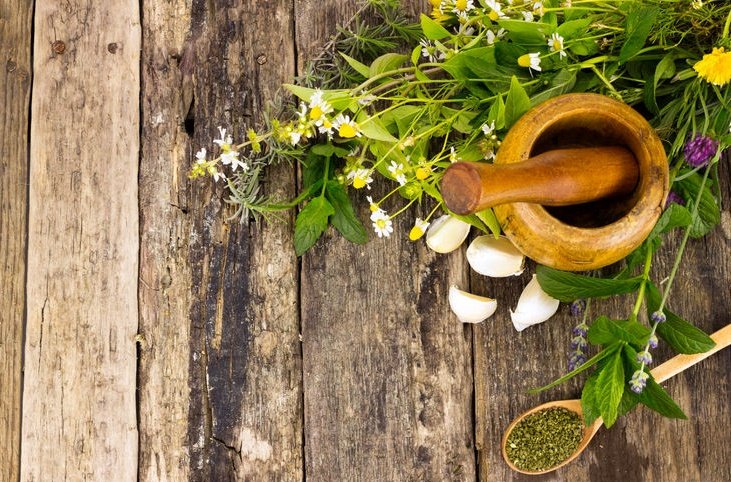Although many people view dandelion as a nuisance herb, many herbalists consider it a valuable herb for food and medicine. Dandelion is rich in vitamins A, B, C, and E, as well as minerals such as iron, calcium, potassium, and zinc. Hundreds of species of dandelions grow in temperate regions around the world.

Medicinal properties of dandelion.
All parts of the common dandelion are edible. The young leaves have been used in salads or served hot as a cooked vegetable – scalloped, baked, or added to meat dishes or soups. They can also be mixed in a blender with tomato juice to make a cold vitamin-rich drink.
Older leaves or leaves that grow in the sun are much more bitter. This bitterness can be reduced by growing the plant away from the sun or by boiling the leaves in at least 2 water changes.
The roots (preferably dug up in the spring or fall) have been used as a cooked vegetable (similar to parsnip). They have traditionally been peeled, sliced, and cooked in two changes of water with a pinch of baking soda.
Dandelion roots can also be used in raw salads, or it can be dried, slowly roasted to a dark brown color, to make a coffee substitute. The flower petals produce a delicate aromatized wine, pale yellow in color.
You can also make a cute pancake topper. Unopened sprouts can be eaten in salads raw, cooked in pancakes and fritters, or pickled. The chewy seeds are eaten as a snack, in the form of flour, or used to grow the sprouts.
Dandelion is also one of the greatest sources of vitamin K1. Its root and leaves are recommended as a mild laxative that also stimulate urination, salivation and the secretion of gastric and bile juices, improves appetite and, in general, the entire system.
It has been used to treat liver, urinary tract, and digestive problems, lower blood pressure, reduce inflammation, it also has anti-microbial effects (against Candida albicans, in particular), and aids in weight loss. It also contains the sugar inulin, which is an immune system stimulant.
Historically, dandelion flowers were used to treat jaundice and other liver diseases, perhaps due to their yellow color. Recently, they have been shown to contain large amounts of lecithin, which has been shown to prevent cirrhosis in chimpanzees. The milky juice, applied 3 times a day for 7-10 days, could help eliminate warts.
Other uses.
Dandelion leaves can be used as a substitute for mulberry leaves to feed silkworms. The flowers produce a yellow dye, and the roots give a magenta color. When picking dandelions always make sure you don’t pick the plant from an area that could have been sprayed with herbicides. The milky sap can cause a rash on sensitive skin.
Little by little we are reconnecting with the knowledge that we once knew. Let us use the teachings of the past, as well as our instincts and intuitions to guide our way. There is a purpose for everything. We are going to bring our consciousness back to this understanding.
